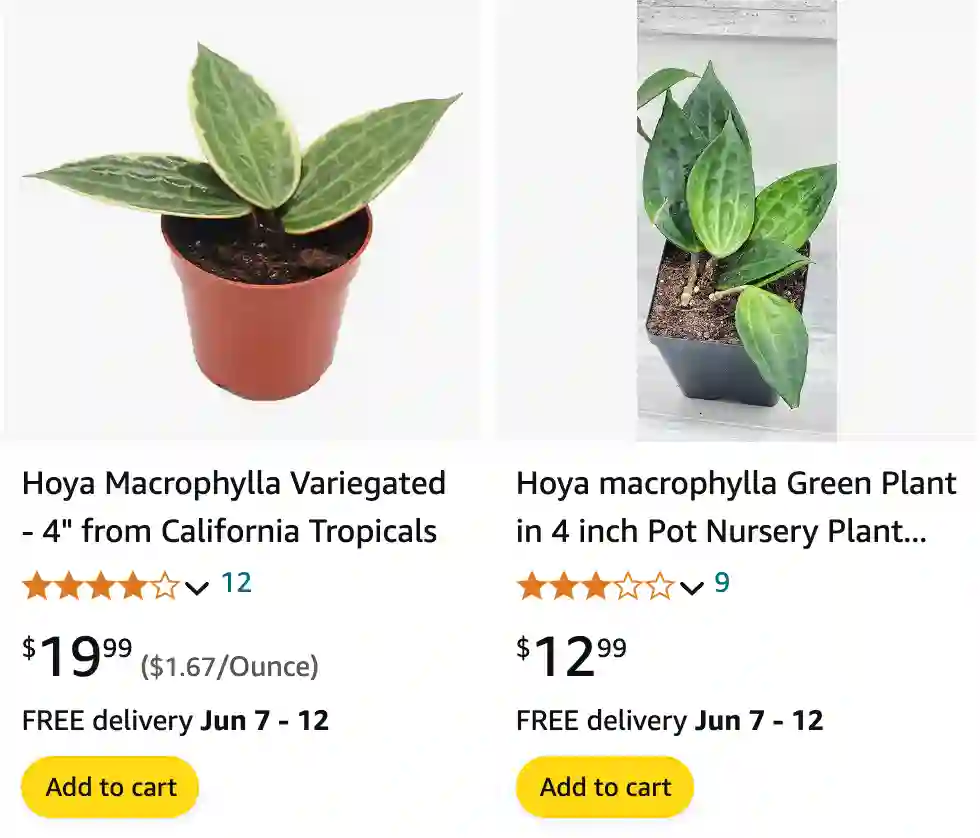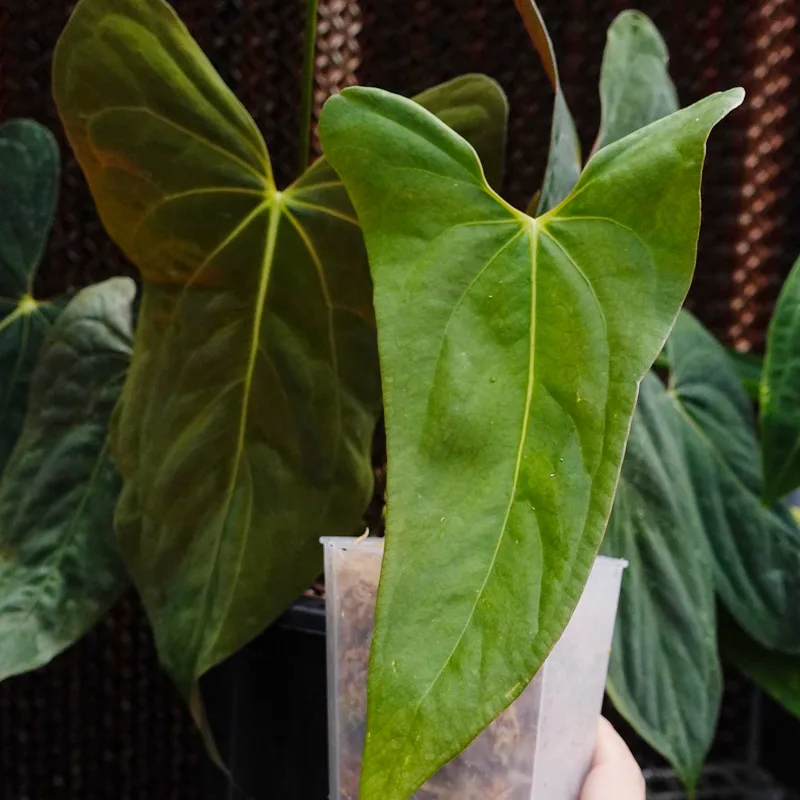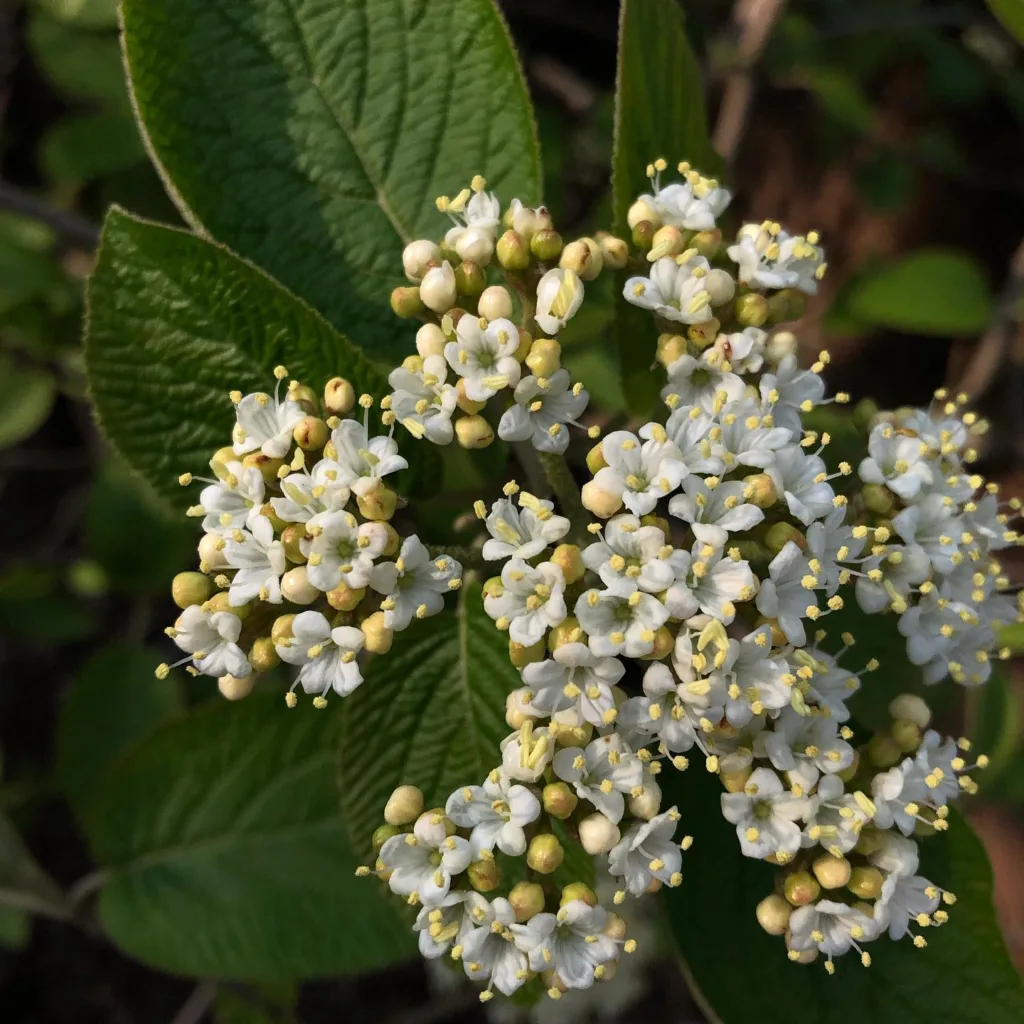
As an avid plant enthusiast, I’ve always been captivated by the beauty and resilience of Hoya macrophylla. This stunning plant, with its thick, waxy leaves and delicate flowers, is a fantastic addition to any indoor garden. Whether you’re a seasoned gardener or just starting out, understanding how to care for and propagate Hoya macrophylla is essential for its success. In this article, I’ll share my personal experiences and insights on how to grow, propagate, and save your Hoya macrophylla, along with tips on where to buy them and why they might turn yellow.
566 Species in Genus Hoya
What is Hoya macrophylla?
Hoya macrophylla, commonly known as the wax plant, is a tropical evergreen vine native to Southeast Asia. It is prized for its large, fleshy leaves, which have a distinctive waxy texture and often feature beautiful variegation. The plant produces clusters of small, star-shaped flowers that emit a sweet fragrance, making it a favorite among plant collectors and enthusiasts.
How to Grow a Hoya macrophylla?
Growing Hoya macrophylla requires attention to its natural habitat and needs. Here’s what I’ve learned from my own experience:
Light
Hoya macrophylla thrives in bright, indirect light. Direct sunlight can scorch the leaves, while too little light can result in poor growth and lack of flowering. I’ve found that placing my plant near an east-facing window works best.
Watering
Watering can be a bit tricky. These plants prefer to dry out slightly between waterings. Overwatering can lead to root rot, which is something I’ve had to learn the hard way. Always check the top inch of soil; if it’s dry, it’s time to water.
Humidity and Temperature
Being a tropical plant, Hoya macrophylla enjoys higher humidity levels. I keep a humidity tray under my plant or use a humidifier, especially during the winter months. The ideal temperature range is between 60-80°F.
Soil and Fertilization
Well-draining soil is a must. I use a mix of orchid bark, perlite, and peat moss. Fertilize during the growing season (spring and summer) with a balanced, water-soluble fertilizer every two to four weeks.
How to Propagate Hoya macrophylla?
Propagating Hoya macrophylla is a rewarding process. Here’s my step-by-step guide:
Stem Cuttings
- Choose a Healthy Stem: Select a stem with at least two nodes and a few leaves.
- Cut and Prepare: Using sterilized scissors, cut just below a node. Remove the lower leaves to expose the nodes.
- Rooting Medium: You can root in water or a moist potting mix. I prefer using water as it allows me to monitor root development.
- Environment: Place the cutting in a warm, bright area, avoiding direct sunlight. High humidity speeds up the rooting process, so I often cover the cutting with a plastic bag to create a mini greenhouse.
- Transplanting: Once roots are an inch or longer, transplant the cutting into well-draining soil.
How to Save a Hoya macrophylla Albomarginata from Dying?
Rescuing a struggling Hoya macrophylla Albomarginata requires quick action and careful attention. Here are the steps I take:
Diagnose the Problem
Check for common issues like root rot, pests, or nutrient deficiencies. Yellowing leaves or black spots can indicate overwatering or fungal infections.
Repotting
If root rot is suspected, remove the plant from its pot and trim away any mushy, blackened roots. Repot in fresh, well-draining soil.
Pest Control
For pests like spider mites or mealybugs, I use insecticidal soap or neem oil. Regularly inspecting your plant can prevent infestations from getting out of hand.
Adjust Care Routine
Sometimes, the issue is as simple as adjusting your watering schedule or moving the plant to a better-lit area. Ensuring proper light, humidity, and temperature can revive a stressed plant.
Where to Buy Hoya macrophylla?
Finding a Hoya macrophylla can be a bit of a treasure hunt, but here are my go-to sources:
Online Plant Stores
There are numerous online nurseries specializing in exotic plants. Websites like Etsy, eBay, and specialized plant shops often have a good selection.
Local Nurseries
Check out your local nurseries or plant shops. While they might not always have Hoya macrophylla in stock, they can often order one for you.
Plant Swaps and Social Media
Join plant enthusiast groups on social media platforms. These communities are great for finding rare plants, and members often trade or sell cuttings.
Why is My Hoya macrophylla Turning Yellow?
Yellowing leaves can be a sign of several issues. Here’s what I’ve learned to troubleshoot:
Overwatering
Too much water can lead to root rot, which causes leaves to yellow. Make sure your pot has drainage holes and let the soil dry out between waterings.
Underwatering
Conversely, underwatering can also stress the plant, leading to yellow leaves. Ensure consistent moisture, but avoid waterlogging.
Nutrient Deficiency
A lack of essential nutrients can cause yellowing. During the growing season, fertilize your Hoya with a balanced fertilizer to provide necessary nutrients.
Light Issues
Insufficient light can cause the leaves to turn yellow. Ensure your plant receives bright, indirect light for optimal growth.
Pests
Check for pests like spider mites or aphids, which can cause discoloration. Treat any infestations promptly to prevent further damage.
Hoya Macrophylla vs Latifolia
Hoya Latifolia Variegated, previously recognized as Hoya Macrophylla, holds a special appeal as a coveted Variegated Hoya species.
Hoya Macrophylla Albomarginata vs Variegata
The Albomarginata is like a living party. Its leaves are a canvas of green, splashed with creamy white and sometimes even a hint of pink. The variegation seems to dance across the foliage, changing depending on the light. It’s a real showstopper, but I’ve found it can be a bit fussy when it comes to light. Too little, and the white fades; too much, and the leaves can get a bit crispy.
The Variegata, on the other hand, is a more classic beauty. Its variegation is a stunning mix of deep green and a rich, creamy white. It feels more timeless and elegant to me. The best part? It seems much more forgiving of my sometimes neglectful watering habits. While it won’t complain about extra pampering, it handles the occasional dry spell like a champ.
In conclusion, growing and caring for Hoya macrophylla can be a deeply fulfilling experience. By understanding its needs and addressing issues promptly, you can enjoy the beauty and charm of this exquisite plant for years to come. Happy gardening!
If i die, water my plants!



